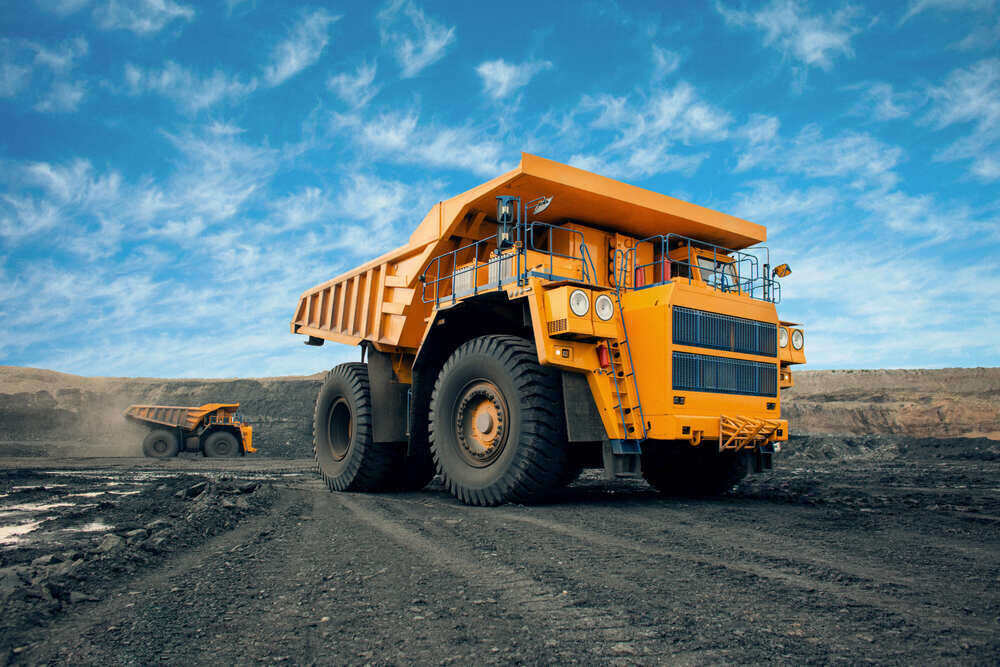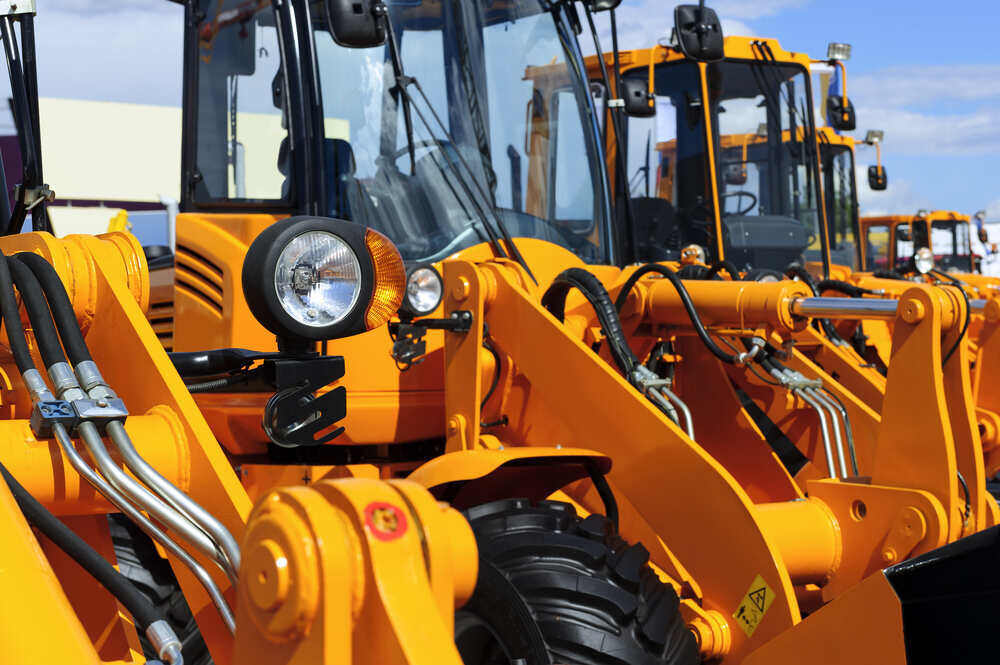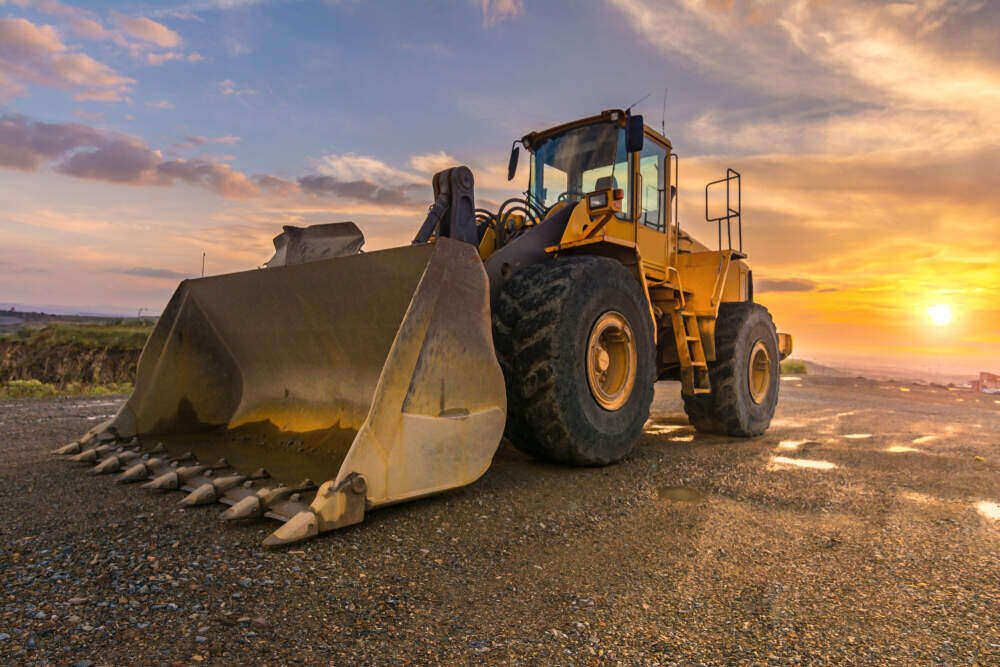
Transporting heavy machinery requires precision, proper planning, and safety awareness. When it comes to forklifts, moving them from one location to another can pose significant risks if not handled correctly. According to resources like https://www.forkliftrevolution.net/how-to-safely-transport-a-forklift/, there are essential steps and guidelines that ensure forklifts are transported securely without causing damage or injury. This article explores those practices and highlights the importance of safety in forklift transportation.
Understanding the Importance of Safe Forklift Transport
Forklifts are powerful machines that play a vital role in warehouses, construction sites, and industrial operations. While they are designed for lifting and moving heavy loads, they are not built for long-distance travel on roads. That is why transporting them on flatbeds or trailers becomes necessary. Safe forklift transportation prevents costly accidents, protects equipment, and ensures workers remain safe throughout the process.
Preparation Before Transport
Preparation is the first step in ensuring successful forklift transport. Before moving the machine, conduct a thorough inspection. Check for any leaks, loose parts, or visible damage. Remove any attachments or accessories that might shift during transit, such as forks, clamps, or booms. Securing or detaching these items reduces the chance of them becoming hazards on the road.
Additionally, it is important to check the forklift’s weight and dimensions. Trailers and trucks used for transport must be capable of handling the specific size and weight of the equipment. Overloading a vehicle can lead to dangerous situations, including mechanical failures and accidents.

Choosing the Right Transport Vehicle
Not every truck or trailer is suitable for carrying a forklift. Flatbed trailers are typically the most common choice since they provide ample space and accessibility. For smaller forklifts, tilt-bed trailers can be used to simplify loading and unloading. Always ensure the transport vehicle is rated for the forklift’s weight and is in good working condition before beginning the process.
Safe Loading Practices
Loading a forklift onto a trailer requires patience and attention to detail. Position the trailer on a level surface to prevent tipping. Use strong loading ramps designed to hold the forklift’s weight. Drive the forklift slowly up the ramp, keeping movements smooth and controlled.
Once on the trailer, the forklift should be centered to balance the weight distribution. Parking brakes must be engaged, and the wheels should be chocked to prevent any rolling during transit. A forklift that shifts while on the road can create a serious hazard.
Proper Securing Techniques
Securing the forklift is one of the most important steps in safe transportation. Use heavy-duty chains or ratchet straps to anchor the machine firmly to the trailer. Tie-down points should be attached to designated areas on the forklift’s frame, never on weak or movable parts like the forks or mast.
Check each strap for tightness and adjust if necessary. During longer trips, it is recommended to stop periodically to recheck the restraints. Vibrations and movement on the road can sometimes loosen tie-downs, so regular monitoring keeps the forklift secure throughout the journey.

Road Safety Considerations
Once the forklift is loaded and secured, road safety becomes the next priority. Drivers should be trained and experienced in hauling heavy equipment. They must follow posted weight limits, speed restrictions, and road regulations. Avoiding sudden braking or sharp turns reduces the risk of the forklift shifting on the trailer.
Additionally, proper signage should be displayed on the transport vehicle, such as reflective warning signs or oversized load labels when applicable. These precautions alert other drivers to maintain a safe distance.
Unloading the Forklift
Just like loading, unloading a forklift requires careful execution. Choose a level surface and ensure ramps are positioned securely. Slowly reverse the forklift off the trailer while maintaining full control of the machine. Never rush the unloading process, as this is often when accidents occur.
The Role of Professional Transport Services
While some companies handle forklift transport in-house, many rely on professional transport services. These experts have the right equipment, knowledge, and experience to move forklifts safely and efficiently. Hiring professionals can save time, reduce risks, and provide peace of mind that the forklift will arrive safely at its destination.
Final Thoughts
Forklifts are indispensable machines, but transporting them requires careful planning and strict safety measures. From preparation and loading to securing and unloading, every step must be carried out with precision. Whether you choose to handle transport internally or hire professionals, following safety guidelines ensures the forklift arrives at its new location without incident. By prioritizing safety, businesses protect their equipment, employees, and overall operations.


